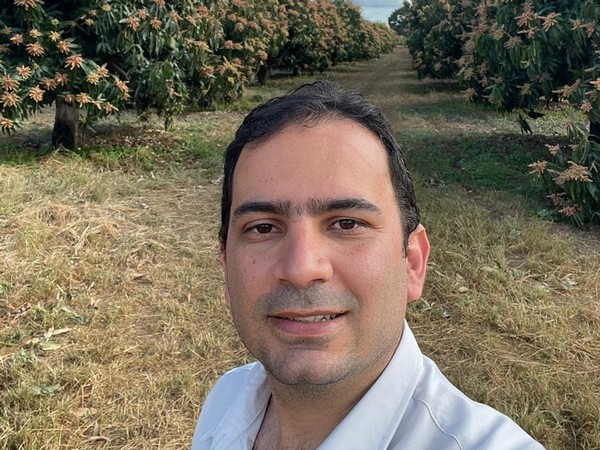The Brazilian mango market is very active and dynamic, with a great international presence, and is in constant search of new markets. We interviewed Tassio Lustoza Silva Gomes, executive manager of Valexport, the Association of Producers and Exporters of Horticultural Products and Derivatives of the São Francisco Valley, who outlined the challenges faced by the Brazilian mango industry.

Tassio Lustoza Silva Gomes.
"In Brazil we have 67,000 hectares yielding 1.4 million tons per year, which gives an average productivity of 20 tons per hectare. Of this total, we only export 250,000 tons; the rest stays in the domestic market."
Challenges
Tassio says that "one of the challenges we deal with is the concentration of the mango harvest within certain periods. For example, in the second half of the year, when there is a large supply and it becomes hard to get good prices here in Brazil."
"We have another big challenge, which is spreading the technology among the producers. The medium and large ones are better prepared, but the small ones, not so much, and we want to bring more accessible technology to producers," he says.
"In addition, production costs in Brazil are very high and this is a big challenge for our mango sector," says Valexport's executive manager.
Strengths and weaknesses
"In our region, in the San Francisco Valley, our fruits have a great, internationally-recognized quality. We also have a favorable exchange rate to export, and as a result of COVID-19, more fruit and vegetable products are being consumed, including, of course, mangoes."
"70% percent of our mangoes go to the European Union, mainly to the Netherlands, Spain, the United Kingdom, Portugal and Russia, and the remaining 30 percent goes to North and South America, mainly to the United States, Canada, Argentina and Chile. We have also shipped to Japan, South Korea and the United Arab Emirates."
Russian and UAE markets
Russia and the United Arab Emirates are two very important markets for Brazilian mangoes, Tassio says. "They are two very interesting consumer countries, although we have been shipping limited quantities and we are constantly looking for new markets that are more accessible to our exporters. For example, we are thinking about Mexico. This is a country that produces a lot of mangoes, but there are periods in which they don't have any. We are also interested in Peru at the moment.
Objective: the Chinese market
"We are very interested in the Chinese market, because it is a market that is of great interest for our mangoes. Thanks to Abrafrutas, Brazil's National Fruit Association, Brazil successfully opened this market for our melons. We are in a queue to be able to offer mangoes to China. Grapes are the second product, and our mangoes come next. It may take at least five years."
